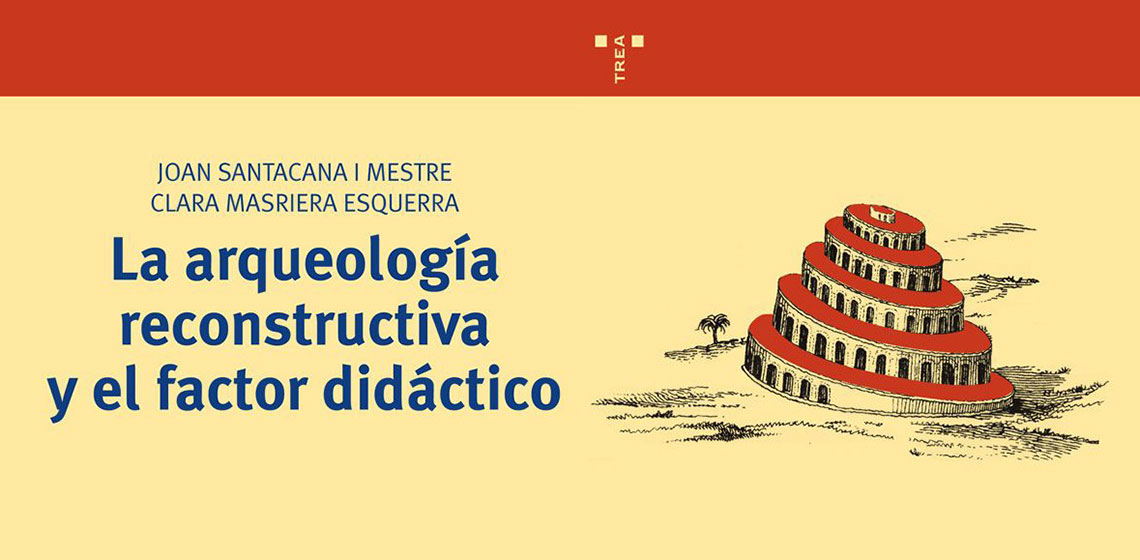
Both in Europe and in the US there is a multitude of archaeological sites which are shown to the general public either partially or completely rebuilt. This pattern, which is standard practice in many countries, is sternly contested and rejected in others, giving rise to a 200 year old international debate. The dispute around criteria for or against archaeological reconstruction is in fact the rationale for this new book by Dr Santacana and Dr Masriera.
The fact that such a book has been published in Spain comes at an adequate time, as a clear division is being found between those who are in favour and those against archaeological reconstructions. It is in fact quite an interesting phenomenon as, even though Spain was always influenced by the strict Italian paradigms on restoration, during the last few years a significant group of people in favour of archaeological reconstruction has gained some influence. This group defends its validity in terms of their pedagogical, tourist and research usefulness. We might say that Spain has turned into a large battlefield between two completely opposed ways of understanding archaeology and museology. The book’s authors intend to make a contribution to the discussion on what kind of sites would be eligible for reconstructions, under what premises and what criteria should be followed in order to guarantee, on the one side the preservation of sites as well as their authenticity and, on the other side, stimulate scientific experimental research, while taking into account its pedagogical side and the ultimate duty of any facility of this kind, which is no doubt to generate knowledge.
The lack of manuals on the issue published in Spain, something which is common to many other countries in the Mediterranean basin, turn this book into a valuable contribution to scientific knowledge; and that in a field where, unfortunately, opinions are much more prevalent than genuine scientific discussions based on serious and strict research. In this sense, the wide experience accumulated both by Santacana and Masriera in the reconstruction of large sections of the Iberian archaeological site of Calafell (in Catalonia) authorises them to speak about a subject that has been the main focus of their research efforts and the source of much pain in the last few decades. In this sense, they have been able to gather a very deep knowledge of both the advantages and constraints that archaeological reconstruction entails.
The very much needed sound discussion on how to confront the future led these authors to mainly deal with the value of in-situ reconstructions. Among the current models of interpretation of archaeological heritage, the model of fossilised sites, that of sites subject to transfer, site replicas and in situ reconstructions, this last one is the one around which a sound debate is more badly needed. In the end, there is no doubt that the fossilisation of sites is undoubtedly a legitimate alternative that is questioned by no one. Also, options based in the reconstruction of replicas of sites have no influence in the preservation of the original remains, and may only give rise to issues of scientific rigour. With regards the transfer of archaeological monuments and remains there is a general, shared agreement that they should only be carried out in exceptional cases. So it is once again, as it was two centuries ago, in situ interventions which are at the heart of the ongoing discussions.
There is no doubt that this book is a must for all of those who want to approach the issue of archaeological reconstruction, to highlight the value of heritage and the meaning itself of archaeology as a scientific discipline.
Book information:
SANTACANA MESTRE, J., and C. MASRIERA ESQUERRA, La arqueología reconstructiva y el factor didáctico, Somonte-Cenero, Gijón (Asturias), Ediciones Trea, pp. 175, 2012.
To order: http://www.trea.es/ficha.php?idLibro=00001176